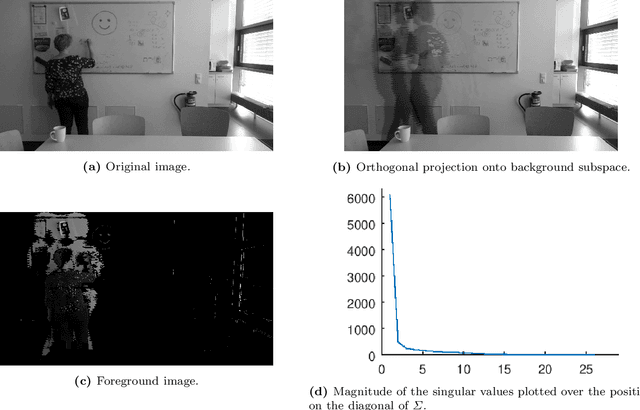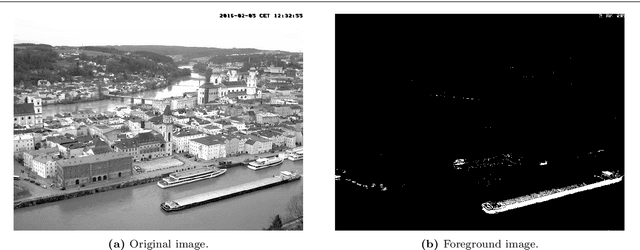Tomas Sauer
Geometric Active Learning for Segmentation of Large 3D Volumes
Oct 13, 2022



Abstract:Segmentation, i.e., the partitioning of volumetric data into components, is a crucial task in many image processing applications ever since such data could be generated. Most existing applications nowadays, specifically CNNs, make use of voxelwise classification systems which need to be trained on a large number of annotated training volumes. However, in many practical applications such data sets are seldom available and the generation of annotations is time-consuming and cumbersome. In this paper, we introduce a novel voxelwise segmentation method based on active learning on geometric features. Our method uses interactively provided seed points to train a voxelwise classifier based entirely on local information. The combination of an ad hoc incorporation of domain knowledge and local processing results in a flexible yet efficient segmentation method that is applicable to three-dimensional volumes without size restrictions. We illustrate the potential and flexibility of our approach by applying it to selected computed tomography scans where we perform different segmentation tasks to scans from different domains and of different sizes.
Feature-Adaptive Interactive Thresholding of Large 3D Volumes
Oct 13, 2022



Abstract:Thresholding is the most widely used segmentation method in volumetric image processing, and its pointwise nature makes it attractive for the fast handling of large three-dimensional samples. However, global thresholds often do not properly extract components in the presence of artifacts, measurement noise or grayscale value fluctuations. This paper introduces Feature-Adaptive Interactive Thresholding (FAITH), a thresholding technique that incorporates (geometric) features, local processing and interactive user input to overcome these limitations. Given a global threshold suitable for most regions, FAITH uses interactively selected seed voxels to identify critical regions in which that threshold will be adapted locally on the basis of features computed from local environments around these voxels. The combination of domain expert knowledge and a rigorous mathematical model thus enables a very exible way of local thresholding with intuitive user interaction. A qualitative analysis shows that the proposed model is able to overcome limitations typically occuring in plain thresholding while staying efficient enough to also allow the segmentation of big volumes.
Background Subtraction using Adaptive Singular Value Decomposition
Jun 28, 2019



Abstract:An important task when processing sensor data is to distinguish relevant from irrelevant data. This paper describes a method for an iterative singular value decomposition that maintains a model of the background via singular vectors spanning a subspace of the image space, thus providing a way to determine the amount of new information contained in an incoming frame. We update the singular vectors spanning the background space in a computationally efficient manner and provide the ability to perform block-wise updates, leading to a fast and robust adaptive SVD computation. The effects of those two properties and the success of the overall method to perform a state of the art background subtraction are shown in both qualitative and quantitative evaluations.
 Add to Chrome
Add to Chrome Add to Firefox
Add to Firefox Add to Edge
Add to Edge